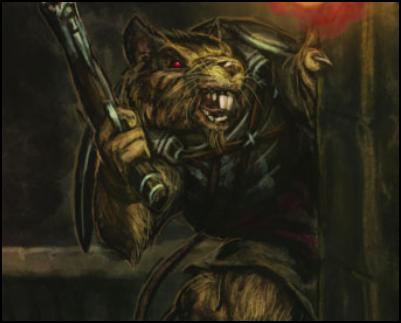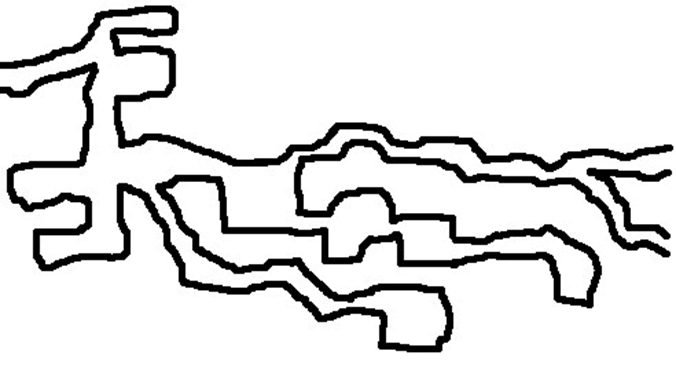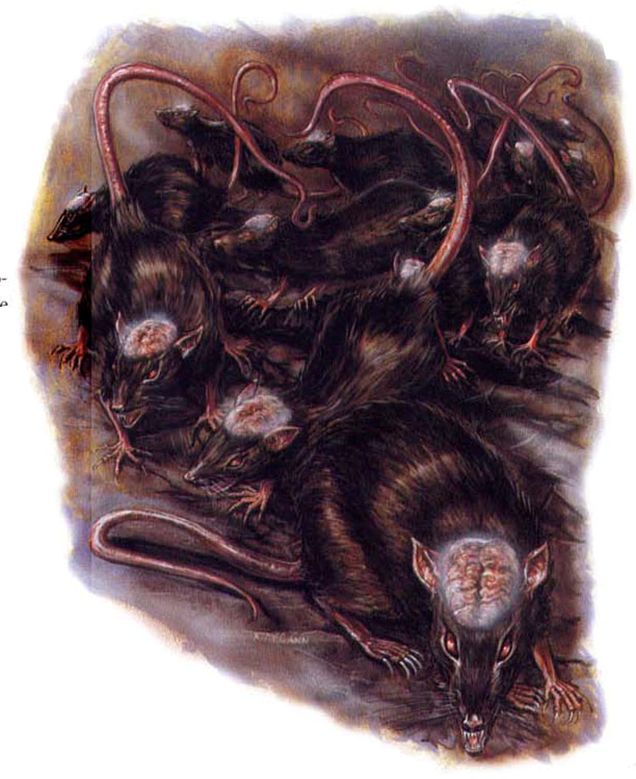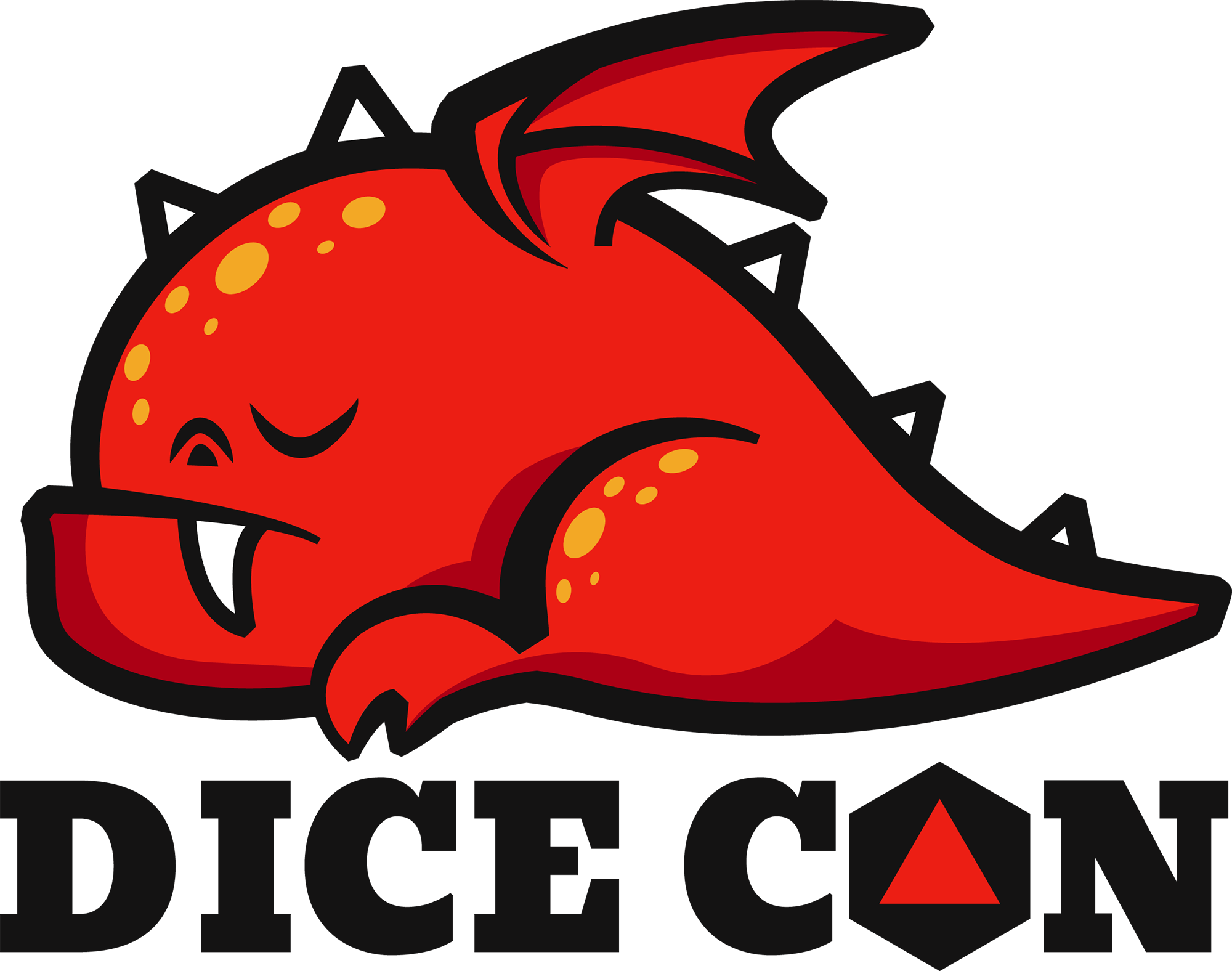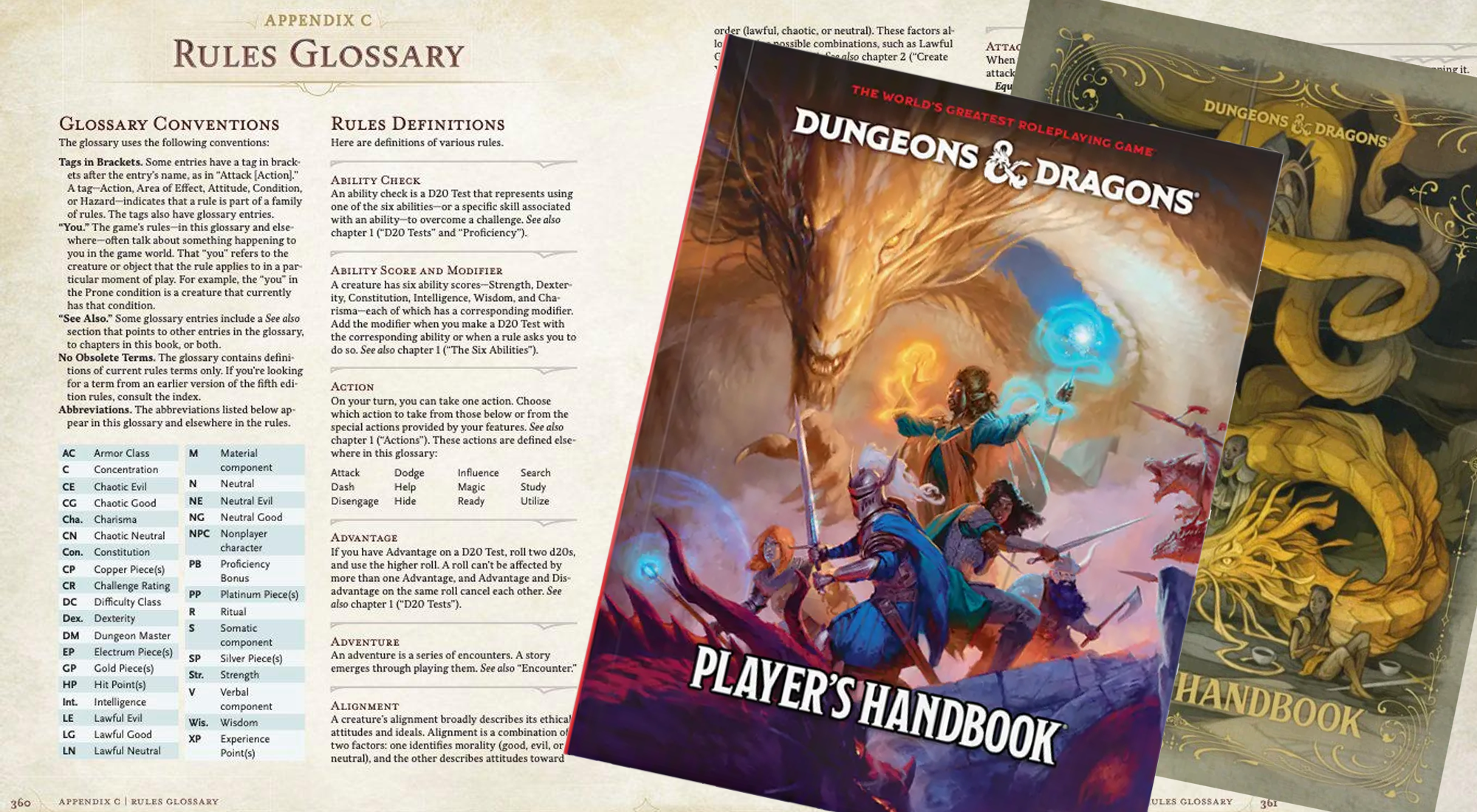DISCUSSING
In the Shadow of the Spire – Session 40A: Rats of Kennel and of Brain
But it may have been for the best that Tee was watching. A piece of crumpled paper flew past her head and something about it caught her eye. Snatching it out of the air, she unfolded it to reveal a crude map.
Tee cleared her throat and held up the map. Agnarr turned around. His face split into a huge grin. “You see? You do search trash better than me!”
Tee wasn’t sure whether she should think of that as a compliment or not. She suspected not.
RPGs usually include some sort of Help action or Aid Another option, and if they don’t then you’ll probably want to figure out how you’re going to adjudicate it quickly, because it’s a pretty common situation to crop up during play.
(The two broad mechanical approaches are to either (a) have all of the helpers roll and take the best result or (b) have one of the characters “take point” as the primary check and have the helper(s) give a bonus or advantage to their roll. Check out Art of Rulings: Group Actions for a deeper dive on this topic.)
But the mechanical resolution, of course, is only half the picture, and this is where I see a lot of GMs make the same mistake: Someone declares an action, another player declares that they’re helping, the check is rolled… and then the helper disappears from the resolution. When the outcome is narrated, only the point person or highest roller is described as contributing to the success or failure of the action.
This is unfortunate.
First, it disenfranchises the helper. You have the opportunity to put multiple PCs in the spotlight simultaneously — seize it!
Second, it creates a mild dissociation between player and character. If the character’s actions are never reflected in the fiction, then the declaration of “I help!” at the game table has become a purely mechanical catechism that can rapidly degrade into a declaration gotcha.
Finally, as the GM, you’re missing out on the opportunity to draw inspiration from the characters’ collaboration to create novel interactions and descriptions. For example, when you’re describing how a character acting alone is going to “search X,” you can take some degree of inspiration from whatever X is (e.g., rummaging through a pile of garbage is different from tossing hotel room, which is different than searching a mobster’s office when you don’t want them to realize anyone was here), but as this basic action pattern is repeated dozens or hundreds of times over the course of a campaign, you’ll discover that there are only to many ways to describe it.
As soon as you add a second character, on the other hand, the potential dynamics of the check can multiply exponentially.
IN PRACTICE
To put this into practice, start by encouraging the players to work collaboratively and help each other. If your game of choice doesn’t already have an Aid action or the like, don’t just think about how you might resolve these actions, but come up with a concrete solution and let the players know that it’s an option.
Then, when a player announces that their character is going to help on a check, prime the pump for yourself by asking the player how they’re actually helping. The declaration to help is just like any other action declaration: It needs to be actionable in the fiction, and therefore you need player expertise to actually activate character expertise. You need to be able to clearly visualize what the character is doing and how they’re doing it so that you can resolve the action.
Finally, depending on the specific mechanics in your current system, you may be able to pull additional inspiration from the dice results — e.g., who had the best roll vs. who had the worst.
However, don’t fall into a default of simply determining which character “actually succeeded” while the others failed. That’s an option, but it’s only one option among a vastly larger variety of true collaborations in which multiple characters contributed to the final success.
Along these same lines, instead of imagining all the characters doing the same thing, try to think about how they could each be doing completely different things that are all contributing to success in different ways.
One way of doing this is to work backwards: Look at the result of the check (whether success or failure) and think about how that result could be split up into distinct chunks. Then simply give each chunk to a different character and explain how their actions achieved it (or caused it). Gathering information or research is an easy example of this, where you might have three or four different facts about a topic — e.g., where the target works, where they live, who they’re married to, who they’re having an affair with — and if the PCs are all doing the legwork, you just need to assign each fact to a different PC and give a brief explanation for how they found it. Creates a little extra texture for the game world and makes everyone at the table feel included.
(Note how you’ll also get more interesting failures with multifaceted consequences out of this, too!)
While doing this, try to avoid an unconscious bias about what it means to Help on a check. I, personally, find it easy to imagine the person on point in the check or rolling highest to be the one actually doing the work, while others kind of hover around them, run around as gofers, or offer helpful advice. But, depending on the interaction, it’s just as easy to imagine the experienced character mentoring, overwatching, and/or advising a team effort where it’s actually all the other characters who putting in the work under their guidance.
For example, you might imagine that Agnarr’s player was the one making the check in this scene, since it was Agnarr who was actually digging through the pile. But it was actually Tee’s player who made the check, receiving the +2 bonus for Aid Another from Agnarr. In this case, if I recall correctly, it was actually Tee’s player who proposed that she’d just keep an eye on the garbage Agnarr was throwing around, making my job as the DM describing the outcome incredible easy.
Campaign Journal: Session 40B – Running the Campaign: One Scenario or Two?
In the Shadow of the Spire: Index



